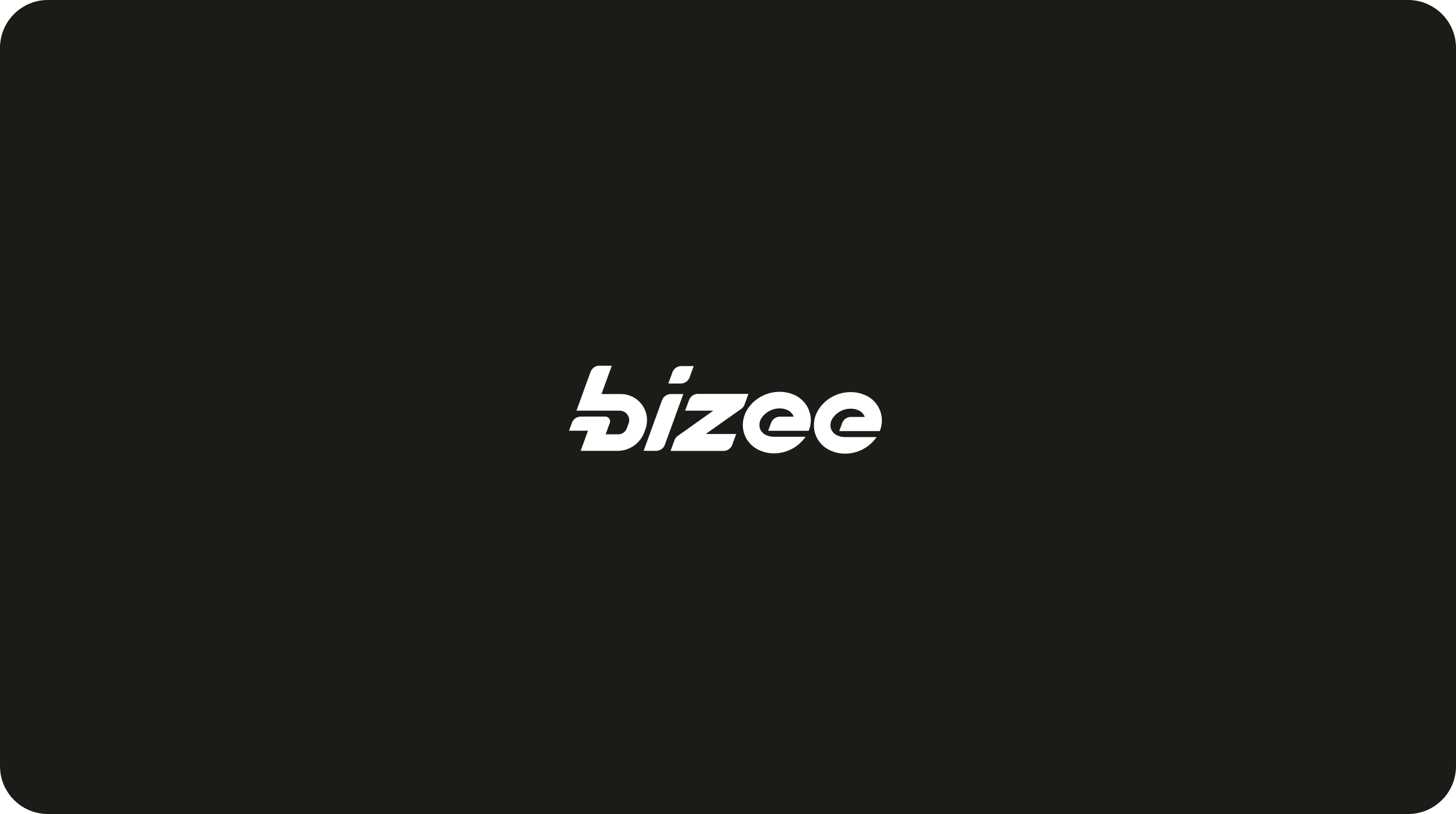A fter 2020 brought small businesses unimaginable hardship, many business owners were looking ahead to brighter days in 2021. However, global disruptions in the supply chain, widespread labor shortages and skyrocketing costs created a tidal wave of instability that rippled through countless industries.
A small business survey conducted by Bizee shows that few businesses escaped the economic landscape of 2021 unscathed. But among the 395 respondents, there were many glimmers of hope that growth is on the horizon.
Broken Links in the Supply Chain Impacted 70 Percent of Small Businesses
As the global supply chain faced unprecedented setbacks through 2020 and 2021, small businesses felt the sting, as products and supplies were delayed, missing or inaccessible. A large majority felt either some or significant negative impact from supply chain delays and disruptions. The remaining 30 percent said that their business was not affected by issues in the supply chain.
Rising Costs Spell Trouble for 66 Percent of Small Businesses
Through a combination of supply chain issues, economic instability and rising inflation, most small businesses saw their operating costs trending upward throughout 2021. While 34 percent said they saw no change in their operating costs, the remaining respondents saw a noticeable impact. Forty percent reported an increase of less than 50 percent, while more than a quarter of all respondents said they were hit with soaring costs more than 50 percent above average.
55 Percent of Small Business Owners Struggled to Fill Jobs Amidst the Nationwide Labor Shortage
Due to a perfect storm of contributing factors (such as COVID-related shutdowns, heightened awareness of workers’ rights and an aging workforce), 2021 brought unsettling times to the country’s labor landscape. More than half of survey respondents reported an impact to their business, from minor to severe. While nearly a quarter said they were able to persevere through the worst of it, another 23 percent say they’re still struggling. Ten percent said the worst shortages happened earlier in the pandemic, and the remaining 45 percent have not noticed an impact.
To combat these issues, some employers are offering incentives to workers, like increased pay and signing bonuses, while others say they simply don’t have the extra budget to offer more than a steady job and regular paycheck.
Few Businesses Were Able to Expand in the Last Year, but That Doesn’t Mean They Don’t Want To
Just 24 percent of small businesses said they were able to expand their product or service offerings in 2021. Another 41 percent said that, due to the overwhelming challenges mentioned above, they were simply unable to think about or plan for expansion over the last year.
However, some business owners are looking forward. Fourteen percent want to expand but don’t know where to start yet, while another 21 percent are making plans for growth and expansion in the New Year.
What’s Ahead for Small Businesses Post-2021? Digitization, More Marketing and Lean Operations
A majority (52 percent) of small businesses took their business online in the last year . While some reported improved sales, customer satisfaction and more traffic, another 28 percent said there was no major improvement to their business. However, 26 percent listed marketing — with the purpose of boosting online sales — as their biggest priority in 2022.
Other significant areas of focus included cutting costs, changing pricing structures and mitigating inflation. Others merely wanted to survive another year.
Determined to Overcome, Nearly Half of Small Business Owners Prioritized Their Survival Over Setting Business Objectives
In fact, 48 percent reported they had no clear business objectives in place through the entirety of 2021 because they were busy surviving each moment as it came or because they felt that it was impossible to set goals in such a tumultuous year. Thirty percent said they had some idea of their goal, but only 22 percent reported having clearly defined objectives outlined for each quarter.
But, recovery is coming, and business owners are remaining hopeful. To make the coming year easier and more efficient, 27 percent of respondents have already begun making updates to their business processes, while another 27 percent are planning to launch new processes in 2022. An additional 26 percent aren’t ready to make changes to processes yet, and the remaining 20 percent are struggling to understand what changes will help them be more efficient.
Their Advice on Surviving and Thriving Through Uncertainty? Be Ready for Anything
Preparation is the name of the game, at least according to our survey respondents. When asked what advice they’d give to their pre-COVID selves, most responses were along the lines of planning, preparing, saving emergency funds and staying positive.
- “Stay focused and driven.”
- “Be prepared for anything and everything. Always have a backup plan.”
- “Innovate and implement faster.”
- “Run lean and smart. Don’t overextend.”
- “Plan for the future. Save more. Be more efficient.”
- “Life will deal you some bad days, but don’t let it get you down.”
- “Be mindful and open to opportunities. Surround yourself with positive people.”
While some said they wouldn’t change a thing, others saw the last year as a learning experience and will use the trials they’ve faced to make adjustments and be more agile and adaptable going forward.
How has your business overcome widespread hardships over this last year? Are you surviving and ready to start thriving in 2022? We’d love to hear — and possibly even share — your story! Submit your story, and we may choose to feature it as part of our INCspiration series.
From Grind to Shine. Tell Us the Good and the Bad.
Share You Biz Story With Out Community of 1M That Truly Reflects Entrepreneurship.
Get Featured








